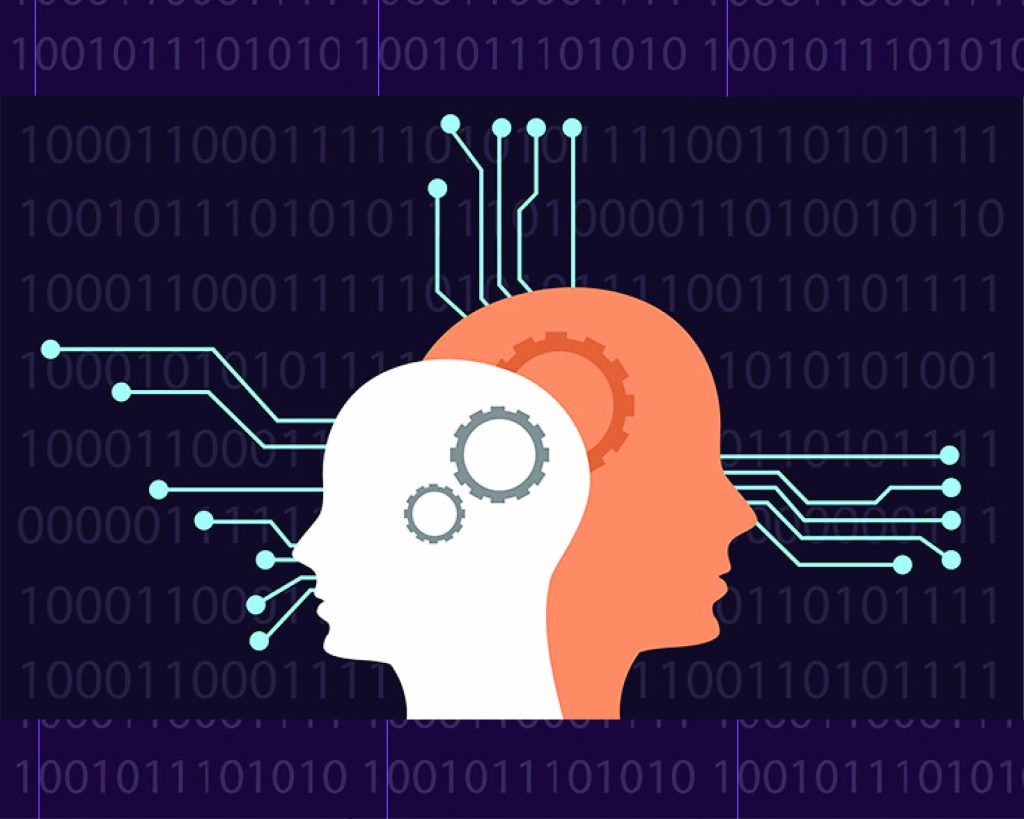From arresting criminals to paying for a burger at KFC, the facial recognition system has been put in place in China since the beginning of 2017, displaying a relatively high accuracy of 98.1 percent. Although the facial recognition system is widespread in a sense that it can currently be used in place of airline tickets or to order food at fast food restaurants, the technology is only available to customers who registered to the Alipay application, considering that the system was established by Alibaba’s founder, Jack Ma.
“Personally, I am looking forward to the day we would not have to go around carrying wallets and phones to make purchases,” said Michelle Ahn (10), member of the Coding Club. “Although the technology is only available in China as of now, I believe that it will soon spread around the world in a matter of a few years or even a few months considering that the technology is exceptionally convenient and accurate.”
In order to reassure its customers, the software analyzes more than 600 facial features to make a match and utilizes a 3D camera to assess the “liveness” factor, to prevent customers from being able to use someone else’s picture to their own benefit. According to CNN, the facial recognition software has been helped by China’s massive database of citizens’ ID photos along with large amounts of images collected by internet companies.
“In one word, the discovery of the facial recognition system itself is groundbreaking,” said Julie Song (12), AP Computer Science student. “While there may be some complications regarding the right to privacy, I believe that this innovative piece of technology can facilitate processes of not only ordering food, but also checking in hotels and simply continuing to distinguish criminals as identified in the police database.”
Despite such safety measures placed by the company, problems of identity theft is yet to be completely blocked; the Chinese police have caught 25 wanted individuals at the Qingdao festival using the facial recognition technology while KFC has gathered data through this software to predict its customers’ orders. According to Reuters, the store aims to target young customers who are sensitive to new tastes and innovation in order to expand its market even further.
“I believe that overall, there is a bright future for technology regarding facial recognition, as this type of technology can expedite long processes at airports and restaurants that hold up lines,” said Marc Montague, AP Computer Science teacher. “Yet, it does become a significant problem if the government tries to use it to track down the activity of every citizen. In fact, the US military is currently developing drones that could identify people from above, using drones that pick up certain defining characteristics such as one’s shadow, protruding facial features, and strut. This kind of technological advancement is what I would strongly oppose to.”

